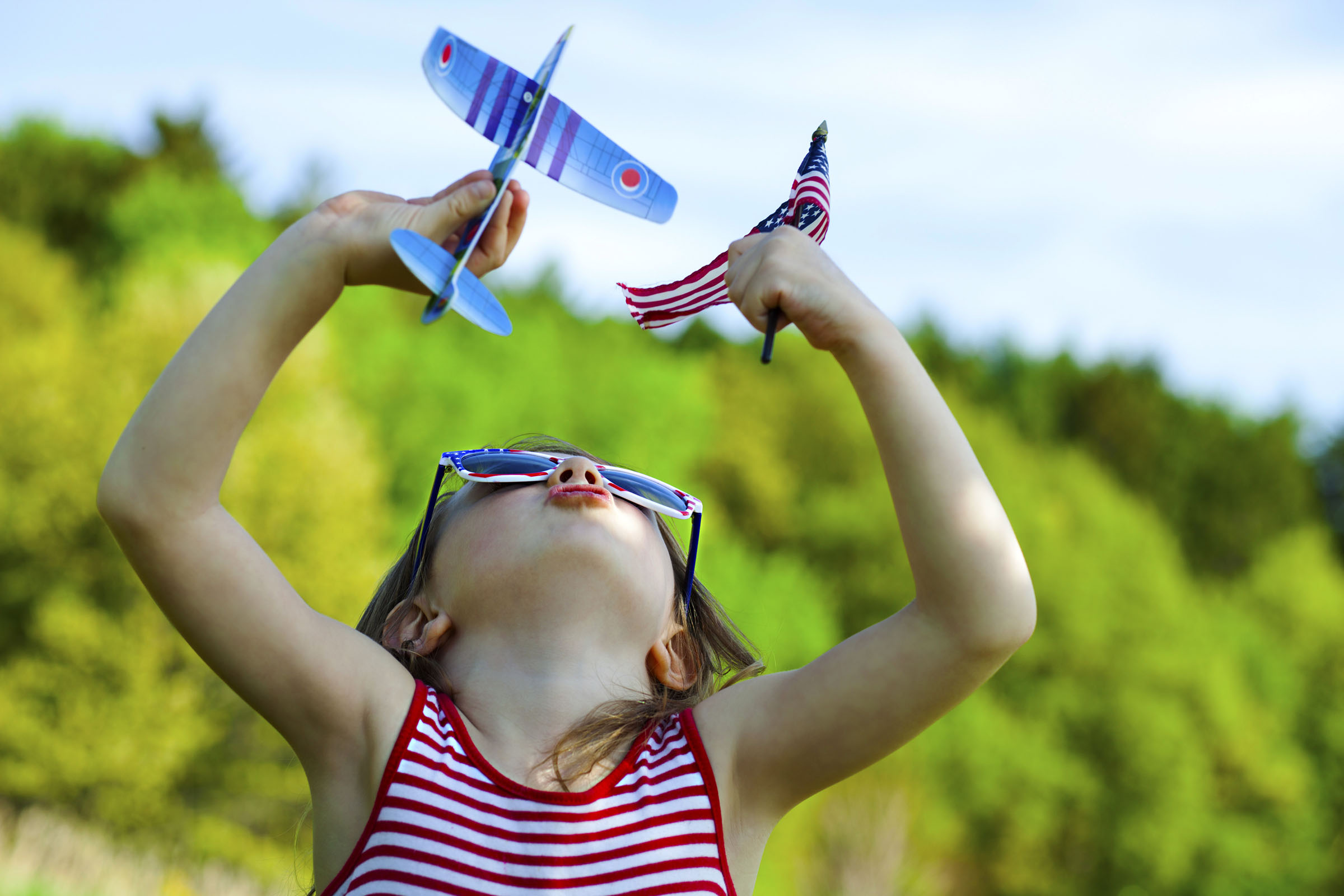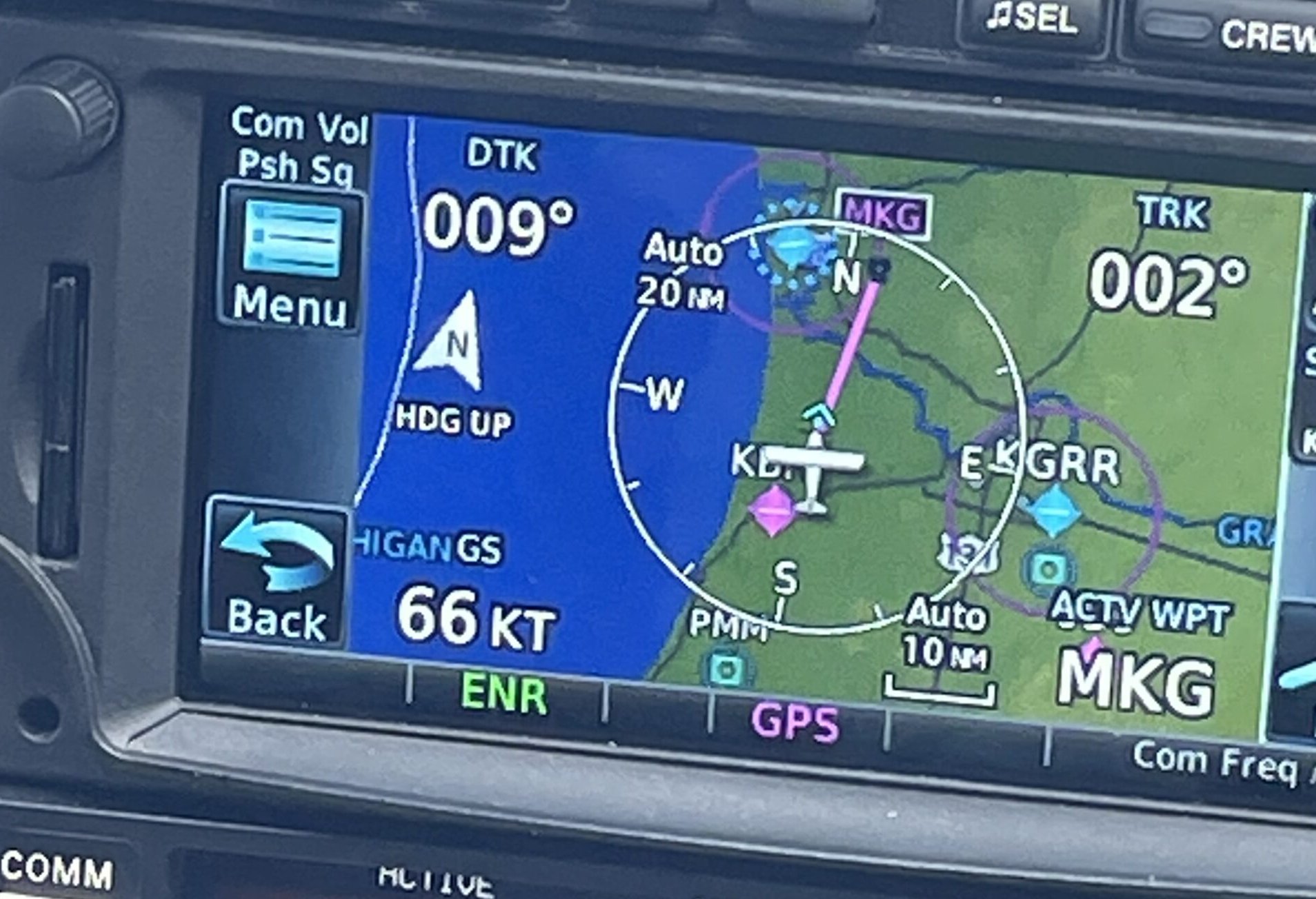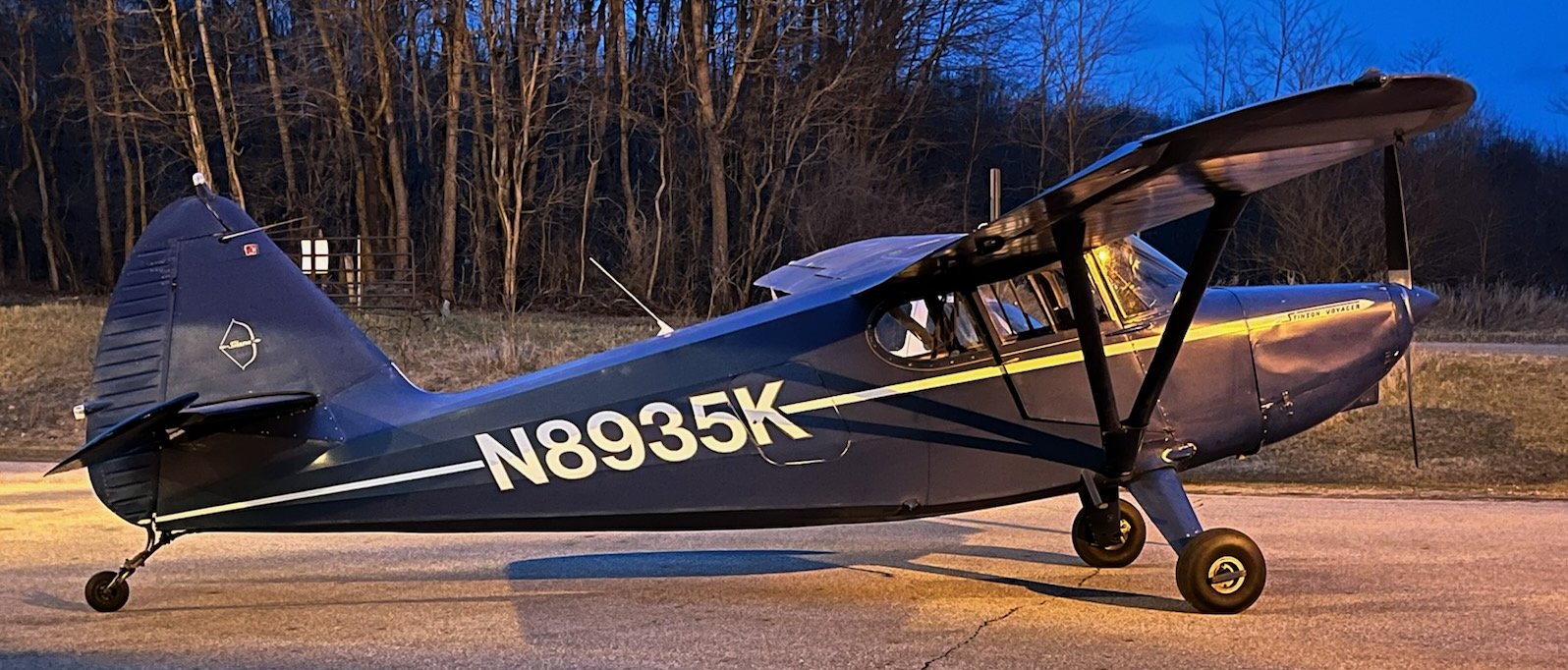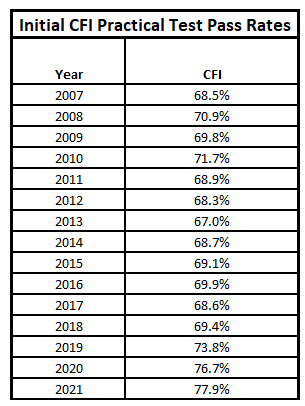 Holiday weekends mean accidents for general aviation pilots. It happens every year.
Holiday weekends mean accidents for general aviation pilots. It happens every year.
Many of the FAA Aviation Safety Inspectors (ASIs) that I have talked with would rather be tasked with being on call on New Year’s Day, Christmas, or Thanksgiving than Memorial Day, the 4th of July, or Labor Day weekends. It’s because pilots, every year, make bad ADM decisions and fly in conditions beyond their proficiency, in aircraft with problems, or to places they aren’t familiar with because they have planned vacations they don’t want to cancel.
It can be hard to say no as a pilot. It can be hard for a passenger to not put extra pressure on their pilot who is their spouse, mother or father, friend, or anyone else who is taking them flying for a destination on a holiday weekend. I get it, you want to get there for that planned weekend of relaxation, outdoor activity, weekend away, or whatever reason you have for traveling.
Realistic evaluation of your currency, proficiency, and capabilities is a critical part of your ADM as a pilot. Don’t use this weekend to “stretch your crosswind capabilities,” “scud run because it’s legal” when the clouds are lower than you would like, or fly an instrument approach to minimums “because you are current legally but haven’t actually flown an approach in 5 1/2 months.”
Be humble, be conservative, and be flexible with your plans. These can be hard decisions and we know that they may not always be the ones you want to make, but hard decisions are always better than dead.
As we kick off our summer of three-day holiday weekends, please mitigate all the risks you can, and be honest with yourselves out there if there are conditions piling up that make the go / no-go decision one that leans more towards no-go for your plans.
Don’t be the person who makes the FAA come out to an accident, or worse, adds to the aviation fatality rate. Many folks in the FAA would prefer to have this weekend off also, but more importantly, we would all prefer to have you and your passengers stick around a little longer.
If you are preparing for a flight this weekend, and you are encountering strike 2 or 3 that tells you this isn’t going right, remember, you can grill at home safely too.
Be safe out there everyone this holiday weekend.

 This can be especially challenging to get correct when there are waypoints that are very close in what the “spelling” of the identifiers are, such as in the case of KMKG (the airport) and MKG (the waypoint that was formerly a VOR).
This can be especially challenging to get correct when there are waypoints that are very close in what the “spelling” of the identifiers are, such as in the case of KMKG (the airport) and MKG (the waypoint that was formerly a VOR). Always getting later in the summer, the opportunity to reset a night tailwheel currency (and ASEL) is a little more palatable to me the older I get when it is at 9pm instead of 11pm or later in the middle of the summer up here!
Always getting later in the summer, the opportunity to reset a night tailwheel currency (and ASEL) is a little more palatable to me the older I get when it is at 9pm instead of 11pm or later in the middle of the summer up here! 